People crave custom interactions with the businesses and humans surrounding them. Today, more people are online than ever before. They may work and shop from home and even talk to family and friends via a computer screen.
There are about 1.8 billion websites, meaning you must do something to stand out from all the noise online. Customizing the customer experience (CX) on your site helps users feel you understand their needs.
How do you create a more personalized experience on your website? Sending out an email to segmented audiences is easy, but doing something similar on a landing page takes additional effort and foresight. Here are our best tips for customizing your site.
1. Know Your Audience
The advice to know your audience appears in nearly every article about personalizing your site, engaging site visitors, or increasing conversions. It is a vital part of the process. You can only customize something when you know who you’re creating it for. You can use a 360 degree customer marketing platform like Gorgias. The Gorgias platform is designed to allow eCommerce brands to offer excellent customer service.
To create a more personalized experience on your website, leverage user data to tailor content, recommendations, and interactions to individual preferences and behaviors. Implementing personalized features such as custom greetings and relevant product suggestions can significantly enhance user satisfaction. For comprehensive strategies and best practices, refer to a detailed UX design guide.
In addition to offering a personalized helpdesk, you can automate and streamline all your communications. The best part is, you can manage and respond to all your channels from a single dashboard. This not only improves the response time, but also helps you understand your audience-set in a better way. Plus the Gorgias integrate with top eCommerce platforms without any efforts.
Take the time to dig into your site analytics and figure out the demographics of your audience. You should also look at your internal data on your customers. What do they have in common?
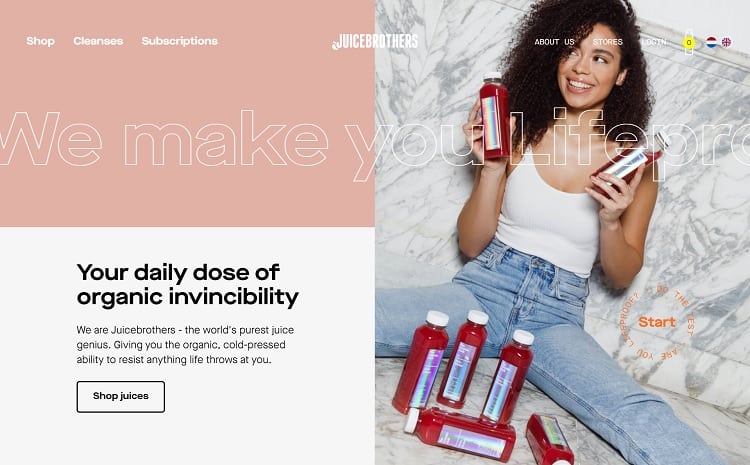
Juice Brothers does an excellent job of focusing on the people who make up their audience. They’re aware it is a younger demographic looking for healthier options through juice. Even the image they use points to the youth and vitality of the product.
2. Refine Your Sales Funnel
Offer relevant information throughout the buyer’s journey, so you keep users engaged until they convert. Figure out which stage of the funnel leads are in and how you can best address their specific concerns and needs at the moment.
In the beginning, you may need links to content. As they move to the decision-making stage, it’s likely time to address emotions you know based on their personas. How can you set their fears at ease?
The best way to achieve a specific process is by dividing your site visitors into groups based on which buyer persona they best fit. Ask questions to move them along.
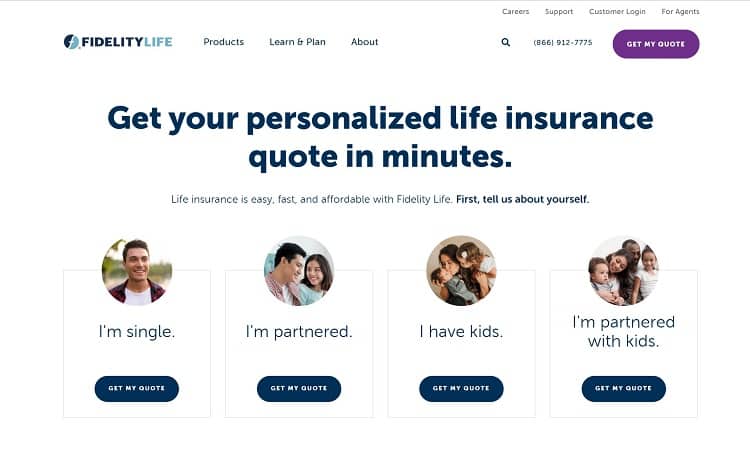
Fidelity Life asks the right questions and customizes the buyer’s journey. When you land on their homepage, you’ll choose from being single, partnered, having kids, or being partnered with kids. These four categories represent their segmented audiences.
Once you click on any of the options, the next phase in the sales funnel asks further questions, such as age, gender, employment, and health. Each level gets more specific and provides additional details geared to the person.
3. Greet Them by Name
If you run an e-commerce store, collect their names and utilize cookies to greet customers by name when they land on your page for follow-up visits. Gathering basic information also helps you better customize their entire experience.
Encourage your users to sign up for an account, so you can get as personal as possible. You can even track birthdays and anniversaries to share special discounts at different times of the year.
4. Create Multiple Personas
You’ll likely find your audience is a bit diverse. The best way to meet your customers’ individual needs without getting too generic is to segment them into different categories. You can create groupings by age, interest, income level, education, or whatever makes the most sense for your marketing purposes.
Once you’ve segmented your customers, create a buyer persona for each group. Give the persona a name, character traits and think about the language and offers most relevant to each.
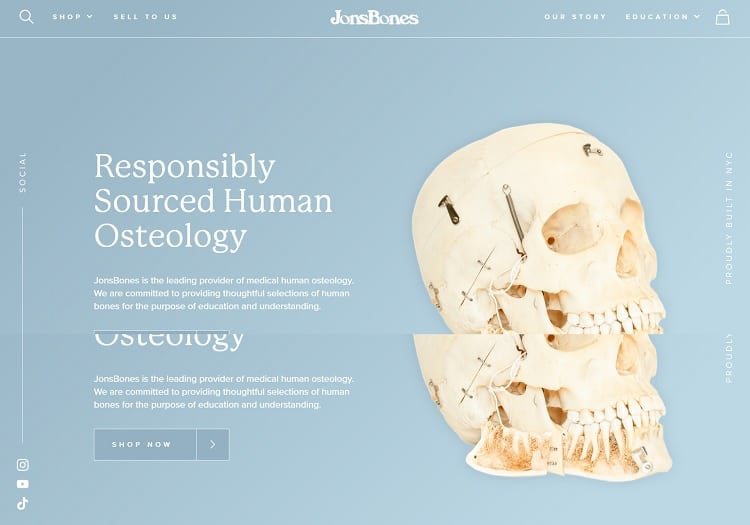
JonsBones sells human medical osteology. They target their products to a particular group of buyers. Even then, they refine their personas down to several categories. They have a tab for those wanting to sell bones they may have in their family or have discovered. They also divide the types of bones available such as skulls, long bones, and whole skeletons.
5. Add Testimonials
Testimonials and reviews can create a personalized experience if you approach them in the right way. First, look for a variety of customer types and share a mix of different testimonials and reviews.
If you serve both consumers and businesses, you might feature testimonials from entrepreneurs in different industries and a few from non-business clients. Think about the way each selection will speak to the different personas you serve.
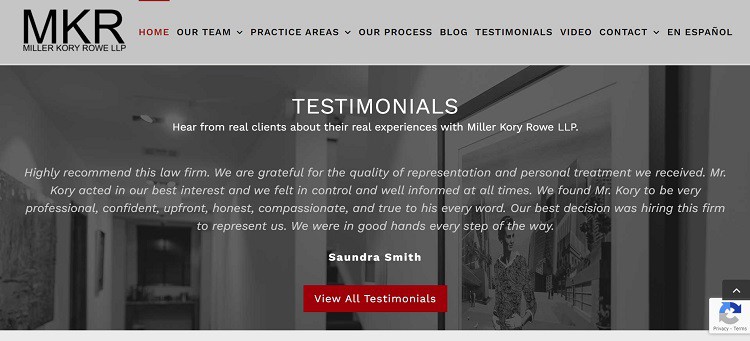
Miller Kory Rowe law firm shares a testimonial on their landing page to highlight what their customers say about them. You can also click on the “View All Testimonials” link and gain insight from clients who’ve used them for a variety of legal reasons.
6. Recommend Relevant Products
Have you ever visited Amazon.com and been offered a selection of products based on past buying behavior? Recommending relevant products helps personalize the CX.
You can recommend products in a variety of ways. You can use past buying behavior to recommend new arrivals. Another option is to base suggestions on what is in the shopping cart. Use a note of what other people bought when they purchased a particular item.
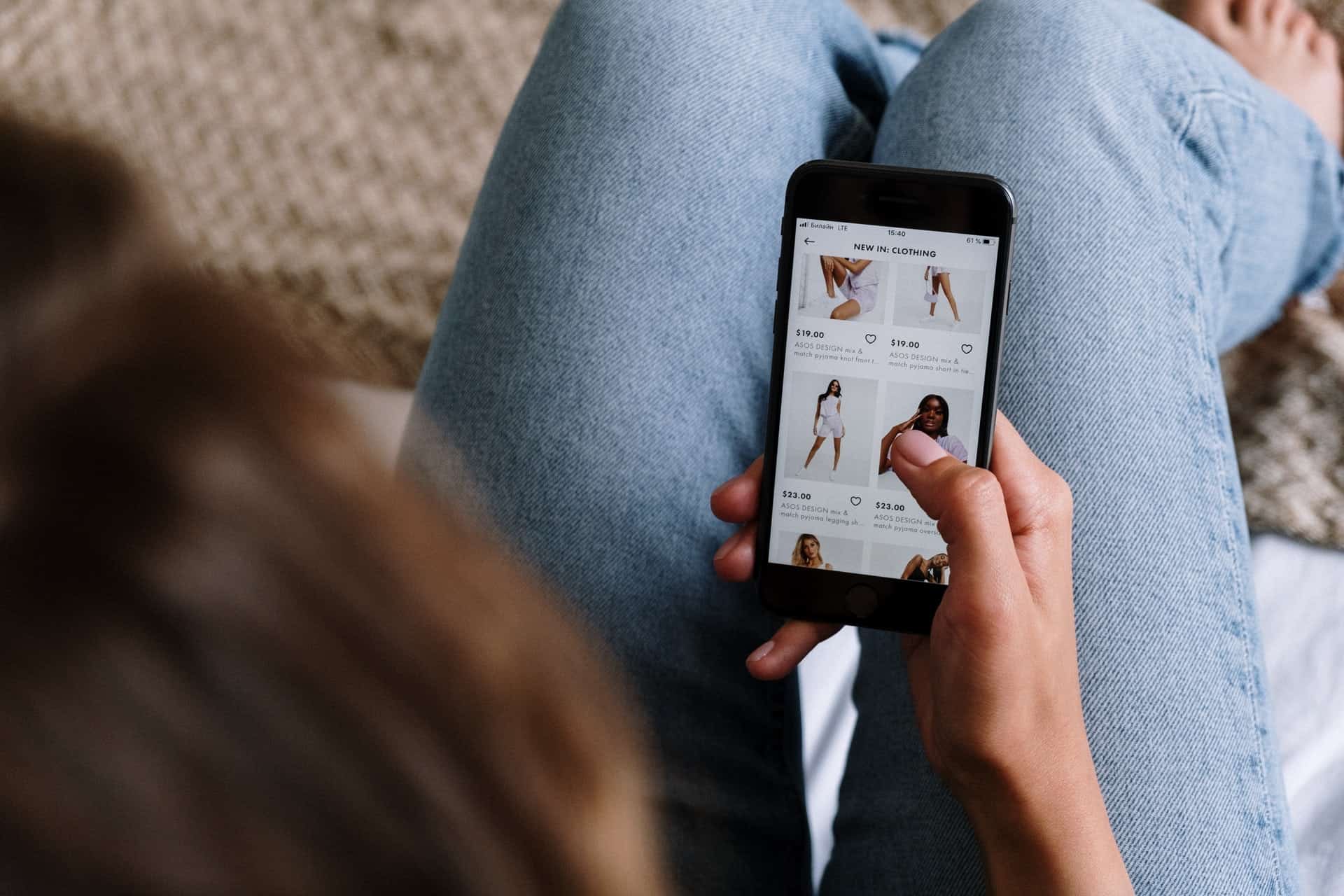
Think about what would be most helpful to your audience. Do they tend to know exactly what they need when they land on your website? Or, do you need to guide them through the process?
Why Is Website Personalization So Important?
Companies compete to grab user attention from one another as well as the dozens of other activities distracting them from honing in on your site. Personalization makes the CX unique, which engages the user and makes them want to stick around.
The longer you keep a potential client on your website, the more likely they are to convert into a customer.
Think about how you can create more than a well-designed page. You want the person to walk away feeling as though they can’t wait to revisit your brand pages.
You should also take things a step beyond your website and stay connected via email, social media, and text messaging for business. Ideally, you’ll make a sale and create a relationship with the user. You can then market to them over time and build a loyal fan.
Author Bio
Eleanor Hecks is editor-in-chief at Designerly. She was the director at a marketing agency before becoming a freelance web designer. Eleanor lives in Philly with her husband and dog, Bear.
